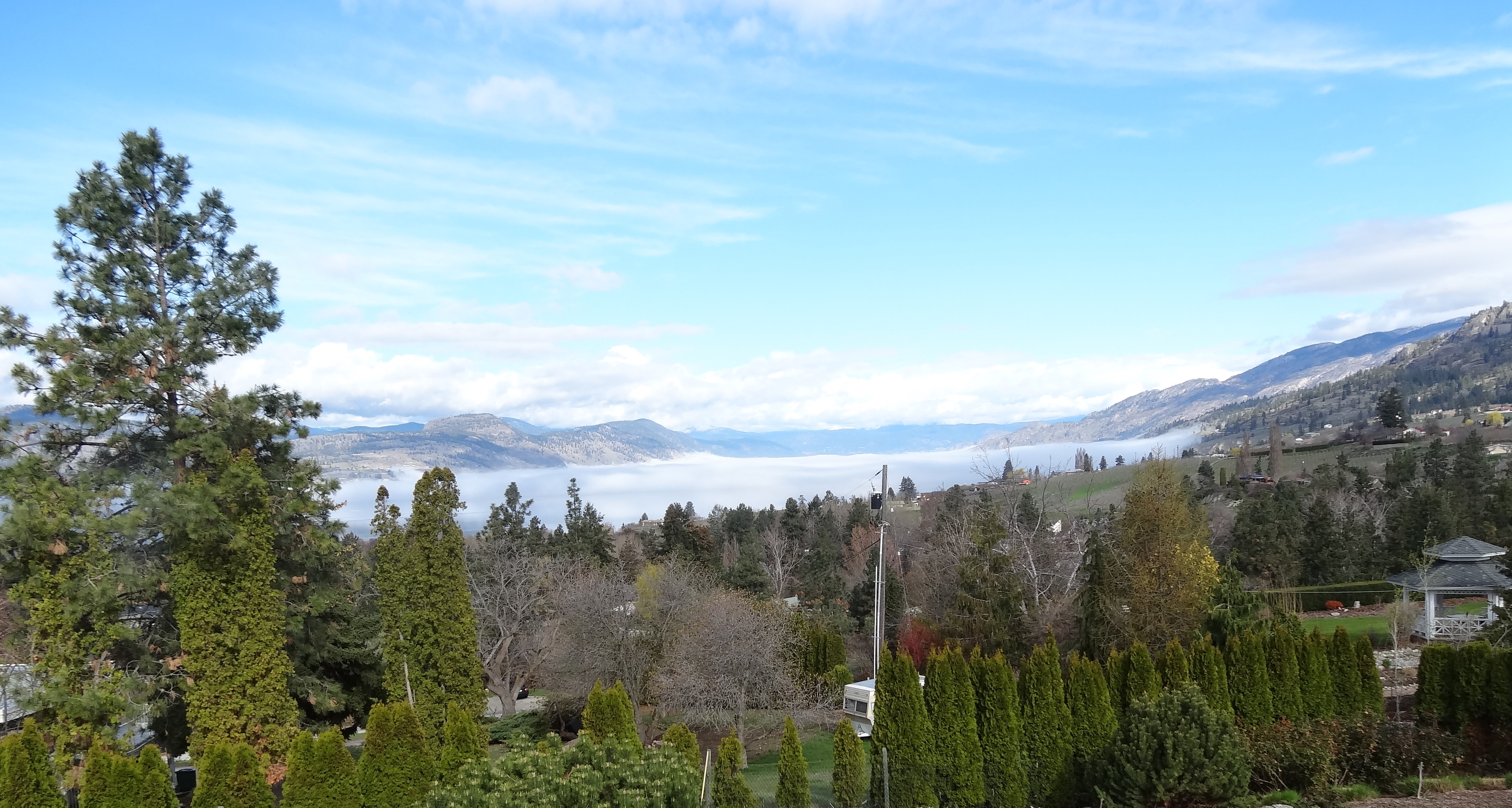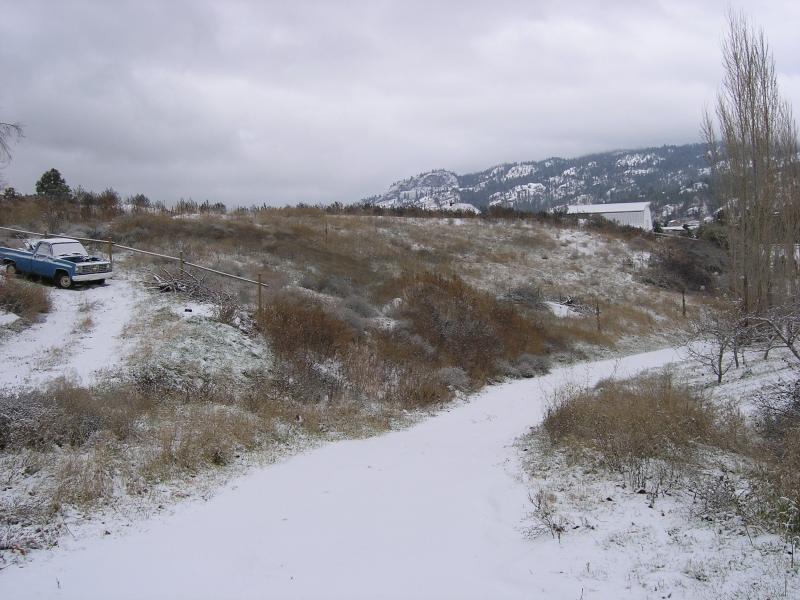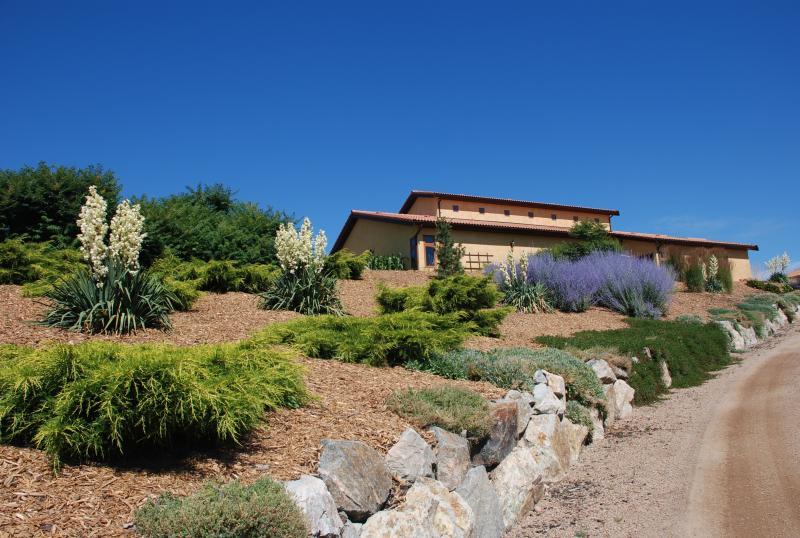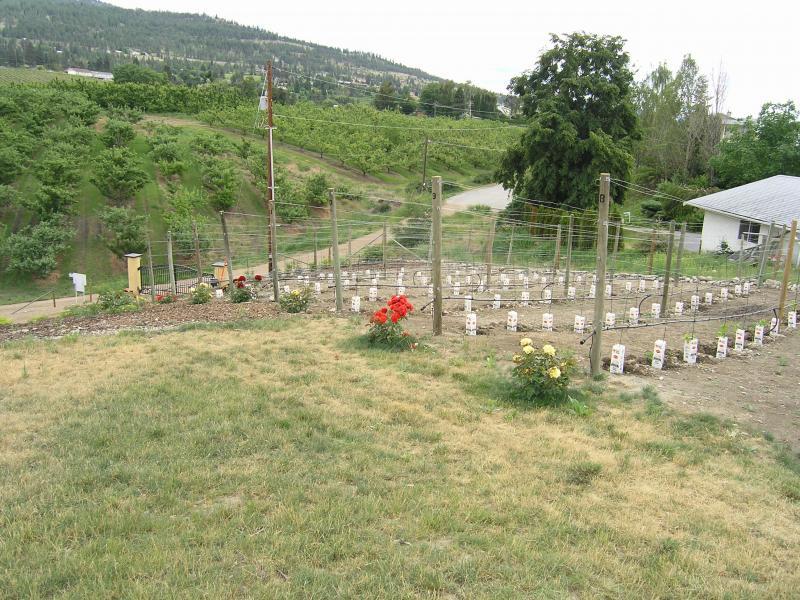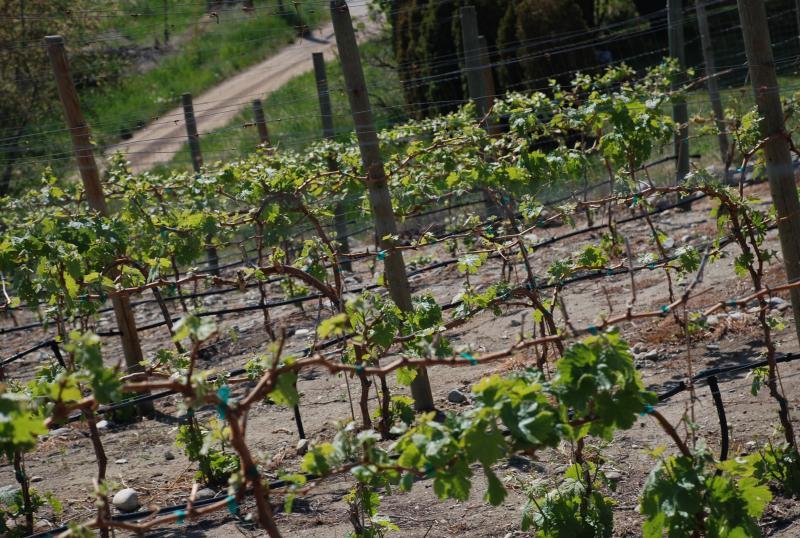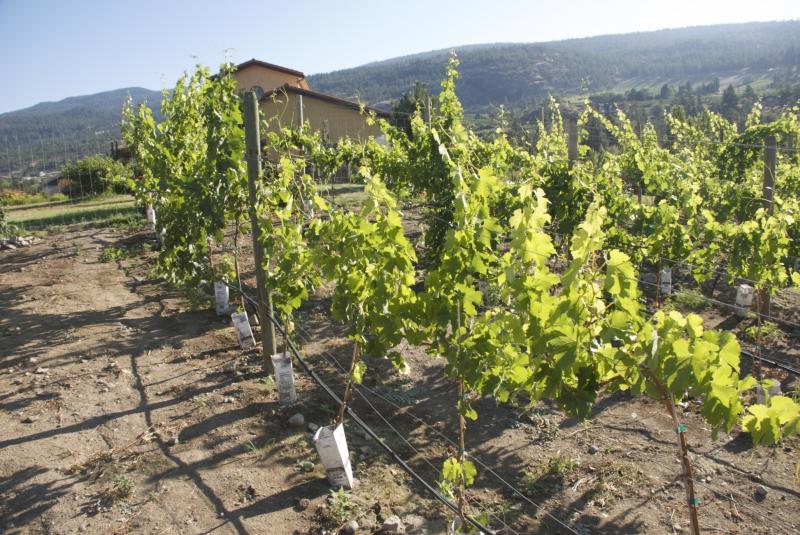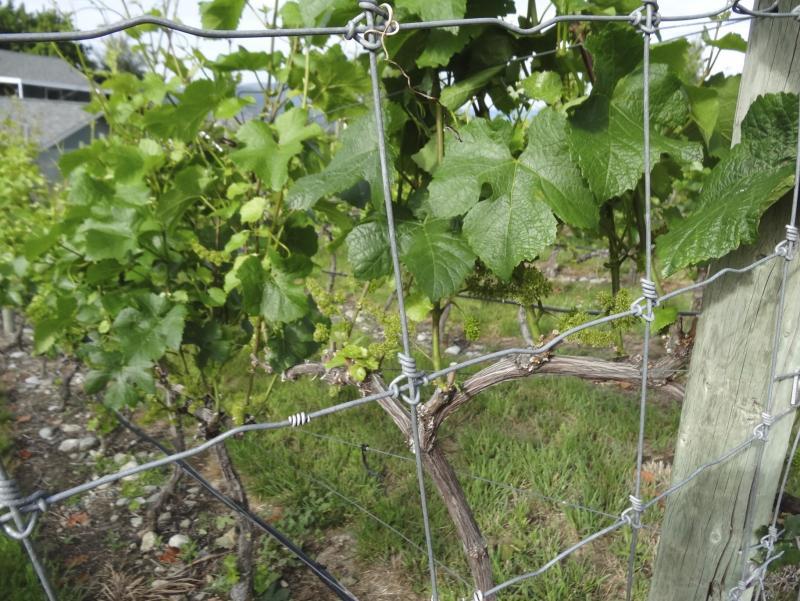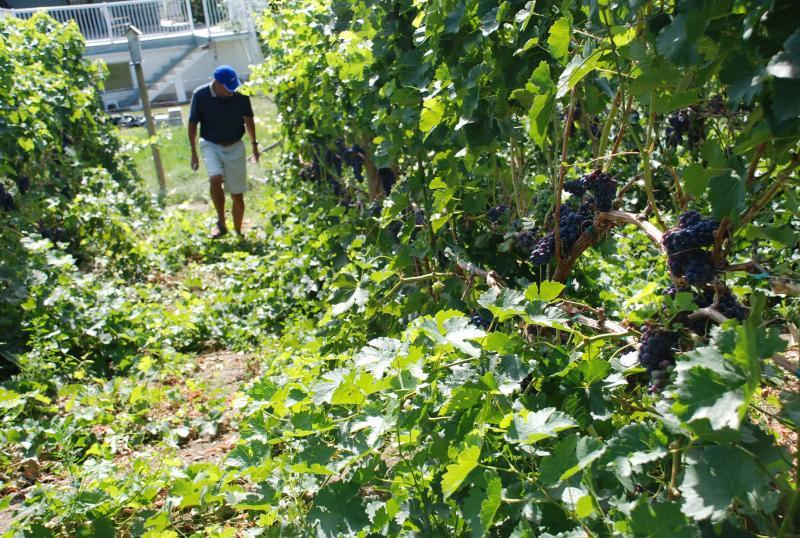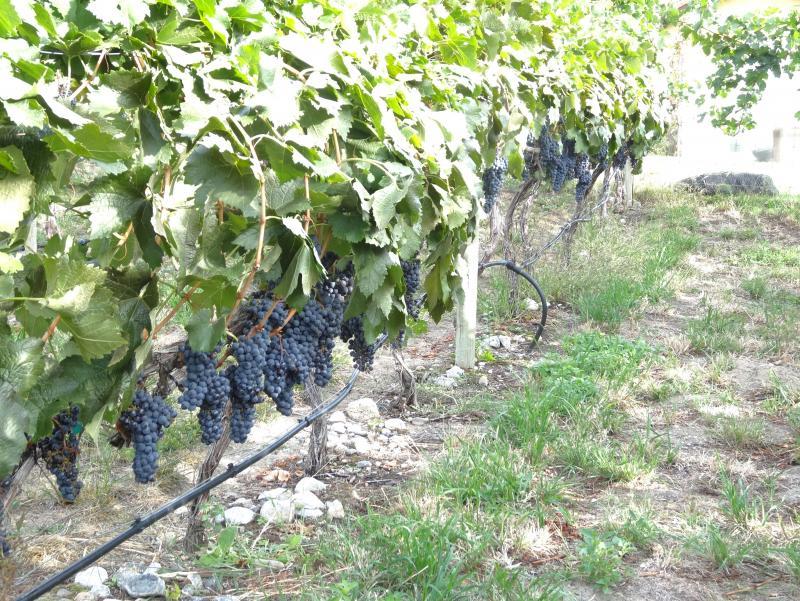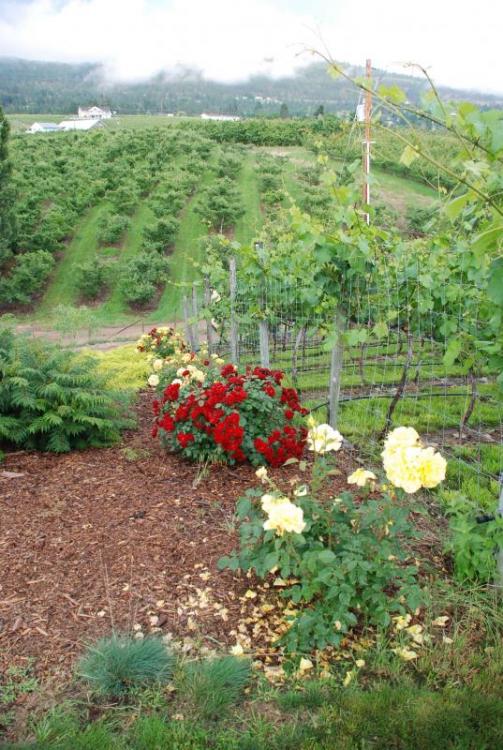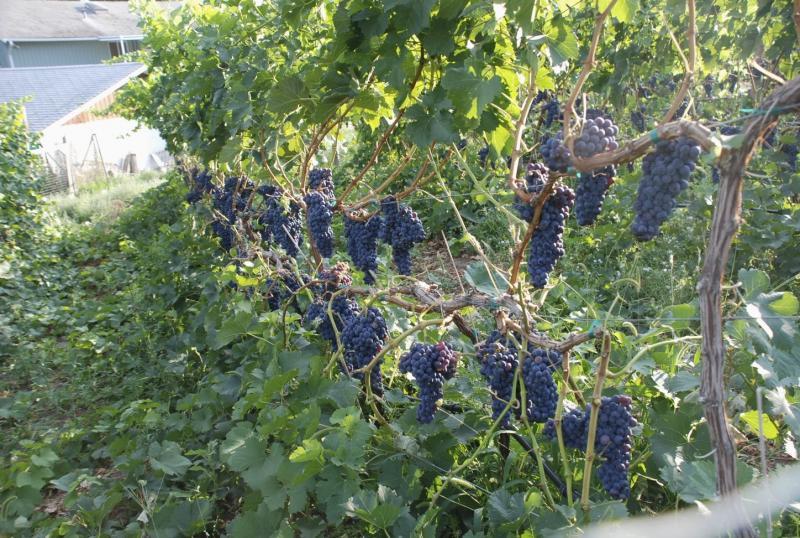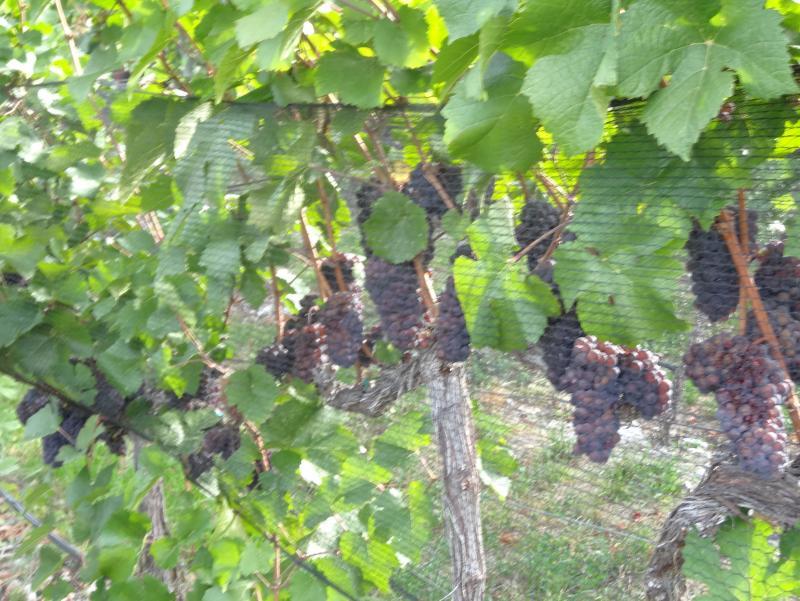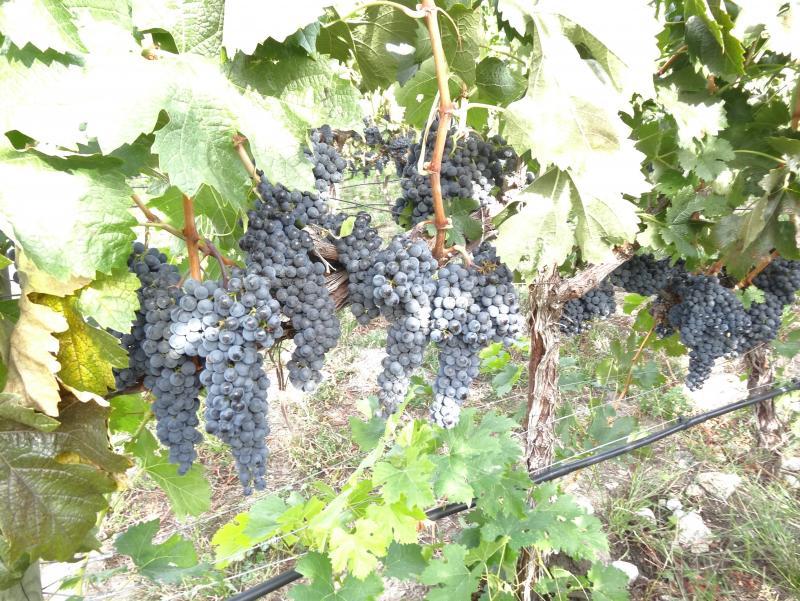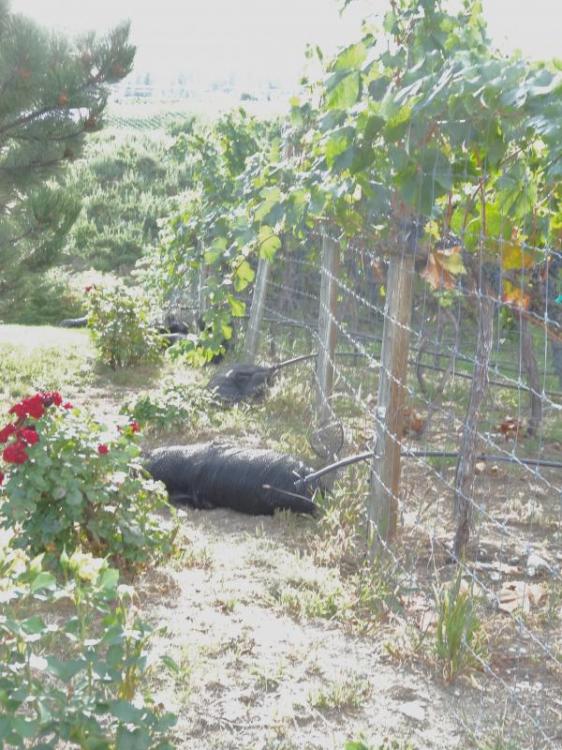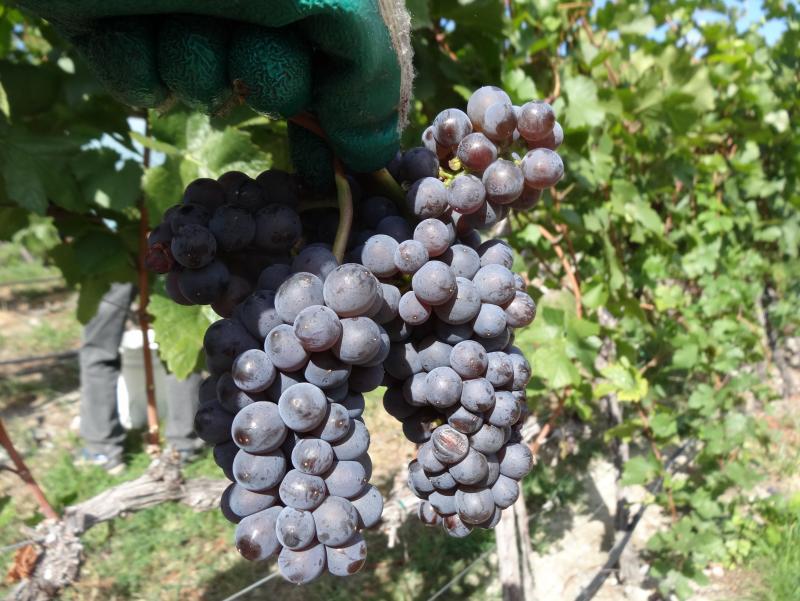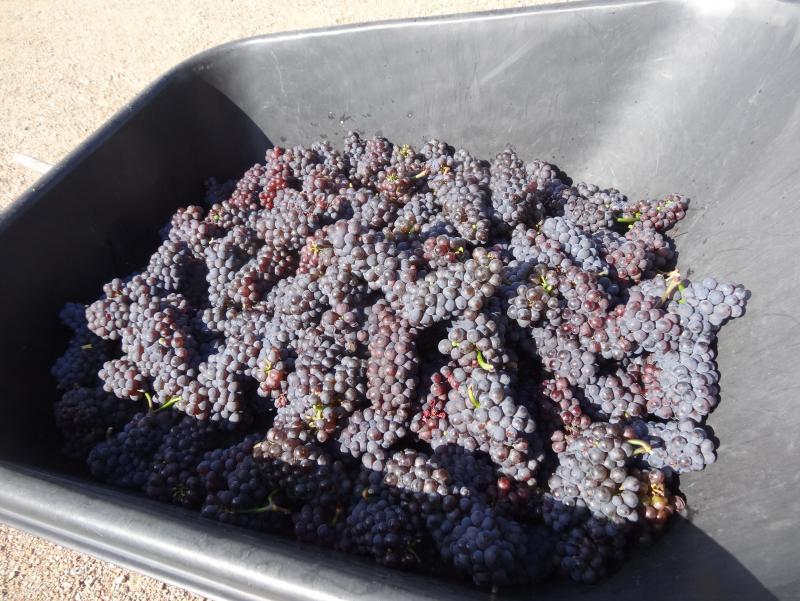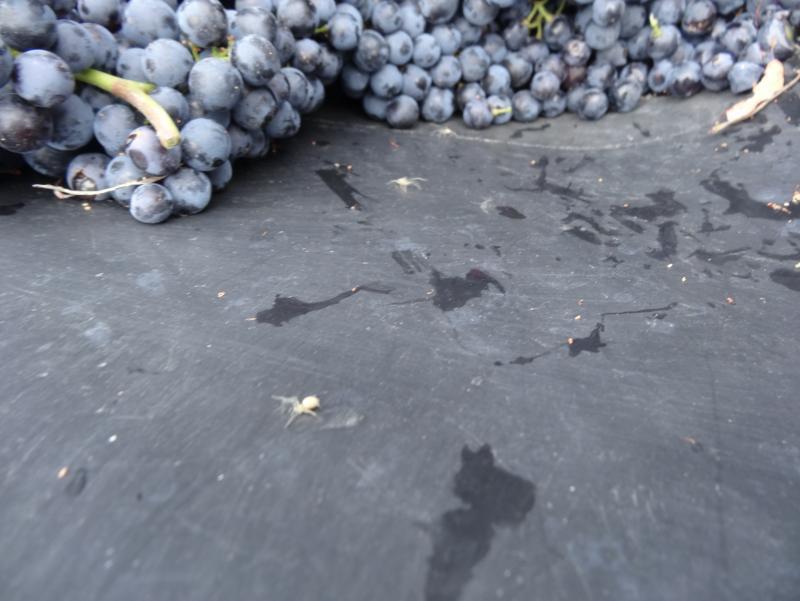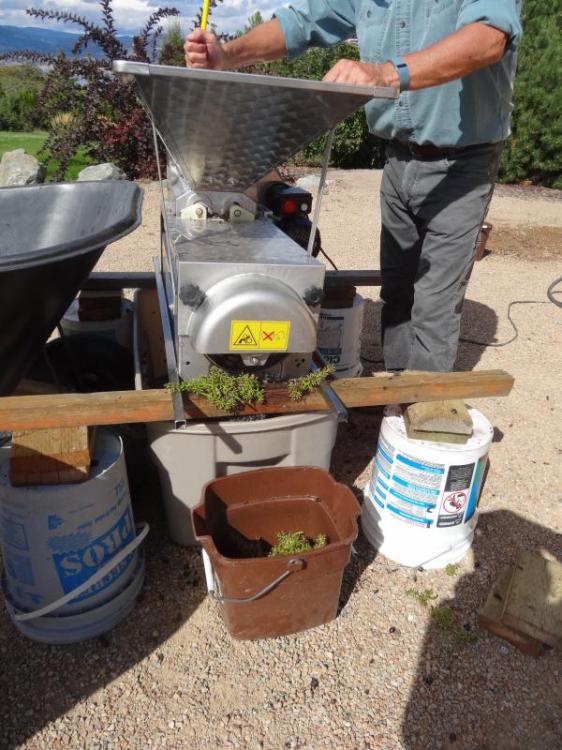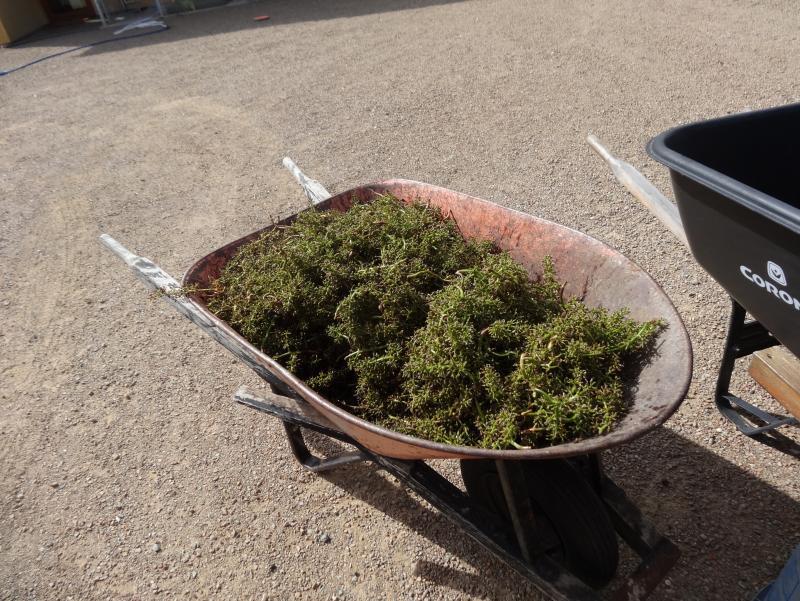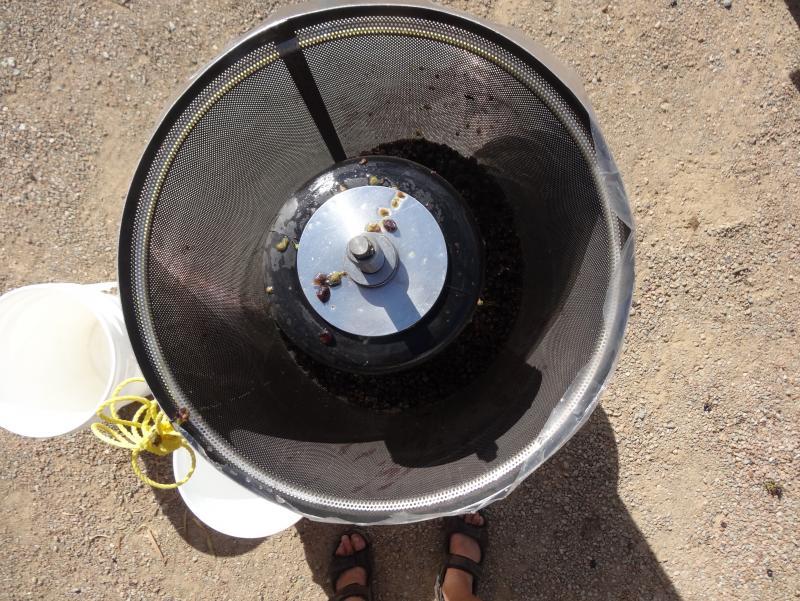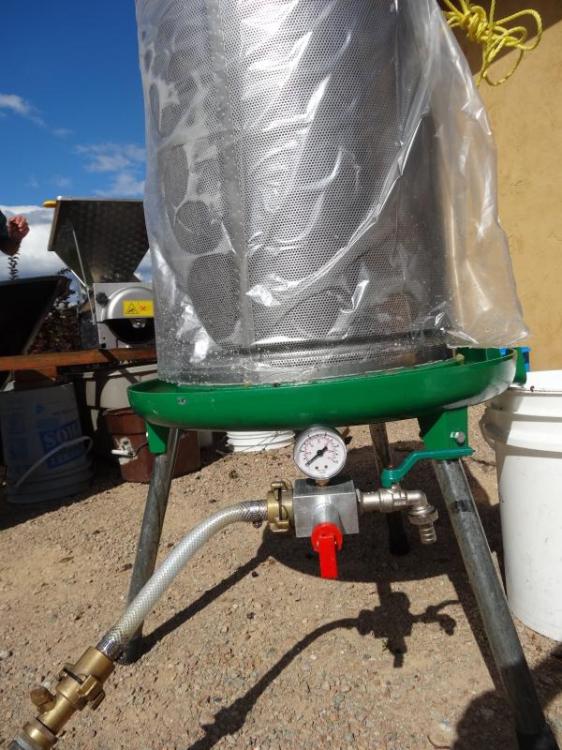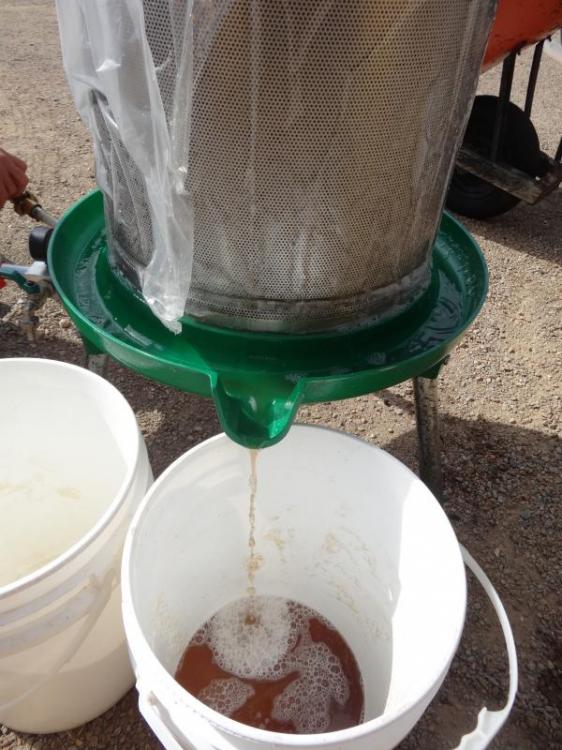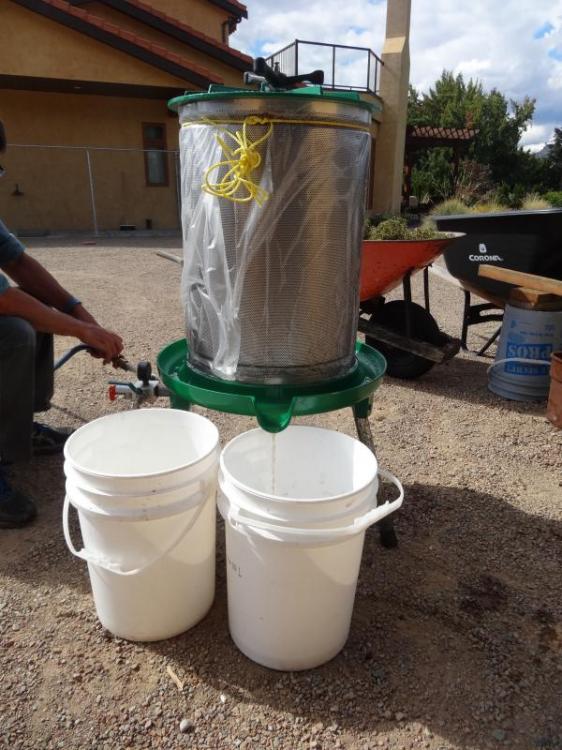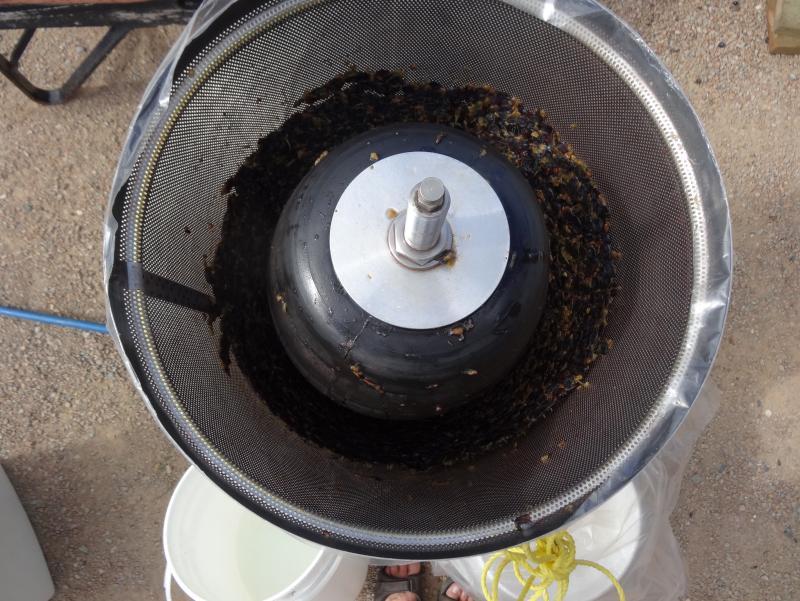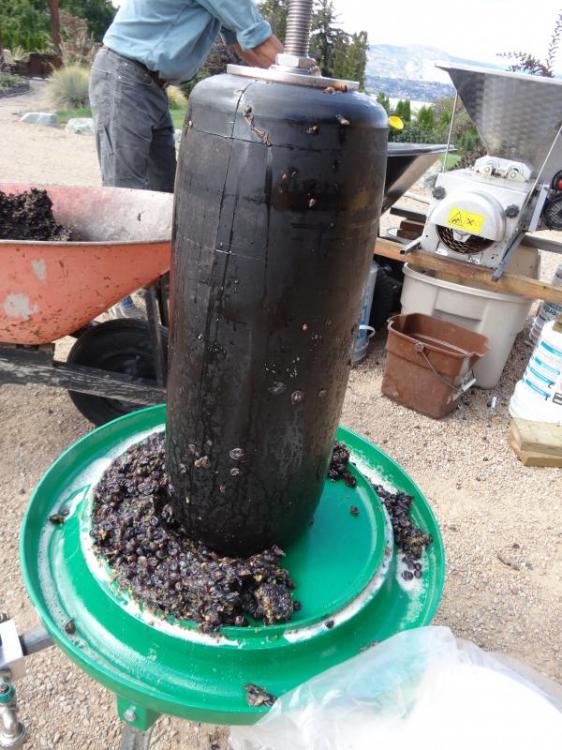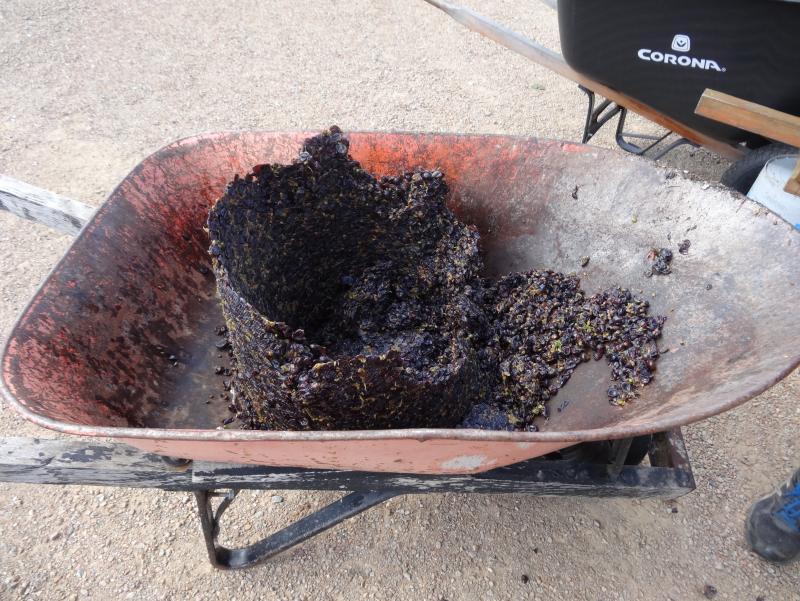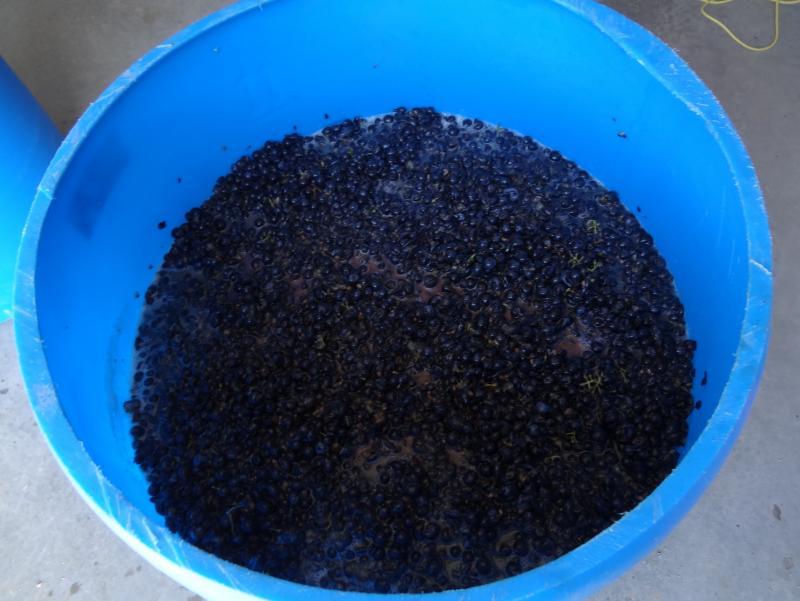-
Posts
4,694 -
Joined
-
Last visited
Content Type
Profiles
Forums
Store
Help Articles
Everything posted by Okanagancook
-
Oh, who knew! Not my cup of dope...I like savoury.
-
Roast beef dripping ....it's a British thing! Next time you roast a beef joint (roast) pour off all the fat and other goodie bits from the pan. Refrigerate . When ready to slather on your toast, mix it up and top with some salt and or pepper.
-
Oops, sorry for the bad typing...I'm sooo excited.
-
Yes, I was just tellingly DHabout you raving about the toast theovenmakes. I shall get him to make his bread tomorrow. I love toast just with butter and maybe a few sprinklings of Maldonado Salt.
-
Hockey! Don't go there. We're very sensitive You are right about making room for the very best stuff: beside the Vitamix; beside the Polyscience Sous Vide Rig; beside the Cadco UNOX Convection oven; beside the Waring Pro Ice Crusher (for cocktails); beside the meat grinder; beside the sausage stuffer, beside the WaringPro Deep Fryer; beside the VacMaster Sealer; beside the.........All of which I would not have had I not joined here $$$$$$$ But, in reality I use them all and have found the advice given here to be excellent so, like you said rotuts, I am sure I will love it.
-
Well, I hope everyone is happy, I just ordered mine from The Bay Canada. On sale from $325 to $259.99 with free shipping plus the usual taxes for a total of $291.19 Canadian. Now where oh where to put it!
-
Thank you Shelby and others who commented about our place. We did luck out getting the 1.7 acres in the Naramata Village. Mostly there are city lot-sized places or 5 acre farms with fruit trees or vineyards. We are a bit of a knoll so we have 360 views all around and down the lake. It is quite a bit of work looking after it all and it is difficult to find a gardner but I think in the next year or so we will need to do that. No we don't drink the wine grape juice plain. I am not a big juice drinker. We have some eating grapes that we did that with a couple of years back. We had a lot so needed to freeze it, but the problem is my freezer space is full so I can't do that this year. We have an upright, a chest and the bottom of a fridge freezer and they are all full. 14 bags of blackberries; numerous bags of tomatoes preserved in different ways; some lamb from last year (we are getting two more in mid-October); grass fed beef from the same farm as the lambs; free range chickens from the farmer at the market and 8 or so jars of duck fat/rendered pork fat; not to mention our homemade sausages/bacon. So, you get the idea. Too much bounty here in the Okanagan. I didn't even make apple sauce/apricot or peach anything. Sheesh. Too much food, so few mouths to feed :-)) An update on the wine. Both the red and white juices are fermenting away. Each day my DH goes into the garage and punches down the 'cap' on the Merlot. It's the crust of fermenting skins that forms and you want to keep the air available for fermentation. Smells pretty good. Next time he goes, I'll get him to take a picture. The Pinot Gris without the skins is also bubbling away. The white fermentation didn't go right away so my DH added some more yeast starter. We have one case of Pinot Gris left from last year and we are drinking the Merlot from 2011. We have in the past poured the whole lot down the driveway. Bad yeast or contamination got in and it was not good. We were not testing for sulfur right the way through until bottling. As I noted above you need to have some sulfur in there to kill bad unwanted bacteria/yeasts and the sulfur gets 'used up' So we now know to test. One of our friends is the General Manager of a large winery on the Naramata Bench and she lets us bring in as many samples as we like and her technician just runs our samples with theirs and then emails us with the results. Much better results. I guess we are lucky otherwise we would have to run it into town (16 kms) and pay for the testing.
-
We had smoke from Washington State and from our fire down south of here in Oliver but nothing so bad that it would leave a taste. Can't imagine Eucalyptus tainted wine...the new Retsina of Australia :=)))
-
Shelby, I just went out to the compost to dumb in some stuff from the kitchen and holly batman, the air is brown with fruit flies! Billions of them. Regarding the above post, I forgot that in September when the grapes are getting sweet, we have to put the bird nets on the vines so they cover the grapes. The nets need to be quite tight otherwise the birds get up in under neath. When grapes are damaged with birds or wasps (last year was the worst year for wasps...vineyards had bags of attractant on each end post and they were full of dead wasps) fruit flies can get into the fruit and that is something you don't want. Some growers use bird cannons that fire off randomly to keep birds away but nets are much more effective (My poor dog hates them and heads for the house door when they go off). Other critters that like grapes are bears and deer which we have here. I friend who has a vineyard out of town with loads of forest around has an electrified fence around his vineyard to keep the bears off.
-
The Okanagan is in growing zone 7b so, yeah things really grow. In fact you can almost watch the snow peas grow in the summer. Yes, those are Yuccas. Our landscape plan doesn't specify which kind of Yucca they are but they have lovely white flowers in July which last for about two weeks. The vineyard is a lot of work and here in the commercial vineyards everything is done by hand except spraying and hedging. We spray with a small back pack so we do EVERYTHING by hand. Here is the run down of what has to be done, more or less as I can recall: February/March: the shoots from last year are cut off. We take them away by hand to the bottom of the property where we have an enormous mound of compost. April: the buds start coming out and they need to be thinned so there is only one or two buds per shoot. Spray roundup near the plants to keep the weeds down and the weeds/grass between the rows need mowing every week. May: more bud thinning as they just keep coming. The vines have to be sprayed for mildew and other stuff that happens...depends on the year. One needs to be on the look out for bugs that bore into the buds. June/July: the vines are getting long enough that they need to be tucked between the first two fruiting wires to keep them upright. More mildew spraying. The Pinot Gris bunches have to be sprayed with a special chemical to prevent the bunches from getting rot. The Pinot Gris bunches are very tight as you can see from the pictures above compared to the Merlot. They are very susceptible to rot. In fact we picked some friends' Pinot Gris yesterday and 1 in 10 bunches had rot and were thrown to the ground......the wine will not be good with all that in there. July: more tucking only this time in between the upper fruiting wires and the vines are getting long, I mean long, like 10 12 feet. These need to be cut off and the wires clipped together so the shoots stay upright and don't get all tangled up. You want air to be able to get through otherwise you will get mildew. Any more buds that form need to be stripped off. August: maybe some bunch thinning and now we get more growth on the vines that have been cut and these 'side shoots' need to be cut off. You don't want too much vegetative growth. Sept: More mildew spray (this is a sulfur based) and leaves are taken off near the bunches to let some light in and for good air circulation. Oct: early Oct is when we normally pick. After the grapes are off the vineyard will need water before it is put to bed until Feb.
-
Glad to share. I thought it might be fun to document our process this year and I love all the questions. I'm not the wine maker in the family, that's my DH and in fact the vineyard is his domaine as well. We have 1.7 acres some of which is on a hill and not useable. Here is a picture from below before we built our house and then one afterwards . We planted the vineyard in 2007 and here it is after we had just planted. The milk cartons protect the plants from roundup which is used to keep the weeds down. The cartons are removed after the plant is tall enough that the leaves are out of the way. Here they are growing well. This is a picture of half the vineyard. Here the plants are a few years old and this is bud break. Later the bunches start to form. Here are the vines mid summer. In this picture you can see we had some of the shoots going up and other going down with bunches up and down. This is one way of growing the vines. But later we switched to just up. It makes for less vine on the ground and easier to mow between the rows. We got our first harvest in 2009. We just use our own juice. We have a couple of friends who do the same as us and we share the crusher/de-stemer and the bladder press. We all have our own fermentation vessels and tanks/barrels. Just last year some of the folks in Naramata who grow their own grapes and make their own wine started a club "Artisan Winemakers of Naramata". There are about 15 families involved. The guys meet one a month and have guest speakers who focus on various aspects of the process. Of course sampling of everyone's creation is on the agenda! Twice a year we have a social event will the wives so there are about 30 of us. All a lot of fun.
-
The net bottles each year is different depending on the weather. If the grapes aren't ripening then some of the fruit needs to be cropped off the vines so the ones that are left can ripen. This happened in few years ago and even the large wineries cropped as much as 60% of their grapes off in order to get enough sugar in the ones left. We usually crop off grape bunches to one bunch per shoot on the vine and each vines will have around 8 shoots. This will yield around 2 tons of fruit/acre. Commercial growers leave 2 to 3 bunches of grapes per shoot for a acre yield of 6 to 8 tons. If you take fruit off then what's left can develop more flavour. Seeing we don't want a lot of our own wine (we like to drink different types of wines) we usually thin to one bunch, however, this year because the weather was so warm we decided to leave two bunches and it all ripened well. If we had cut back maybe our sugars would have gotten too high before the rest of the juice chemistry was where we wanted it. We have had anywhere from 60 to 90 bottles of each variety each year. More than enough. We are drinking 2011 at the moment and it is darn good. Our label is called "That's Not Bad", ha, ha. The pressed skins are in our compost in alternating layers of tomato and zuke plants. Some of the members of our wine club have made grappa but that's just too much work for us.
-
You might find this article about wild yeasts of interest: http://www.snooth.com/articles/yeast-in-wine/?utm_campaign=13890&utm_medium=email&utm_source=all&utm_content=83394
-
Good question Smithy. The crushed grapes have wild yeasts and bacteria so we add a small amount of metabisulfite to kill off these organisms. Sulphur dioxide is released by the metabisulfite into the juice and prevents oxidation and kills the unwanted organisms. The juice is covered and we let it sit for a day so this process can be completed. Then we add our selected wine yeast. Most of the sulphur will have been used. The yeasts can tolerate a certain level of sulfur and in fact you want to maintain this small level to keep unwanted organisms at bay. We have to test the juice to ensure those sulfur levels are where we want them. These wine yeasts can also tolerate a maximum level of alcohol as well, about 15%. This is why we test the sugar levels in the grapes on the vine to ensure they don't get too high. If they are too high then you'll end up with a sweet wine because the yeast can't convert all that sugar into alcohol.
-
Hope this is the right forum for this. We have 200 vines of Merlot and Pinot Gris from which we make our wine each year. This year we are about five weeks ahead of what is the normal harvest date. The weather has been unbelievable and the wine produced this year should be one of the best since 2009. I thought I would document our process of picking and processing the grapes to fermentation vessels. Unfortunately my camera setting got changed half way through and not all my intended pictures came out. Here goes: 1. Take the bird nets off the vines. 2. Pick into a wheel burrow 3. De-stem the grapes. There are all kinds of critters trying to escape. You can see several spiders making a run for it. The Merlot juice went into the primary fermenting vessel and the Pinot Gris gets pressed right away. 4. The Bladder press. Water is fed into the black bladder and we use a small amount of pressure to press out the juice. The harder you press, the more tannins will be in the must. 5. The press is emptied of the skins. 6. The grape juice is in the fermentation vessel. Some sulfur is added to prevent wild yeast from growing and then we add our selected yeast.
- 36 replies
-
- 12
-

-
I feel myself getting weaker, and weaker the more I read this thread I don't need another appliance! Oh, darn it. My DH asks "where are you going to put it? Huh, where???" I say, where there is a will, there is a way. Oh, dear, I'm feeling faint!
-
Rotuts, your gravy! Oh I love gravy. What do you use as a thickening agent? Looks like arrowroot??
-
Lima beans?
-
Blue_dolphin, beautiful looking meal!
-
Me too, guilty of the Egullet dinner thread sin Have to get better.
-
Haven't had dripping in ages because, like you we don't have the roasts like my family did every Sunday...so much so I had forgotten it is singular.
-
Anna, I can see a good slather of beef drippings on that slice! Or, mashed sardines in tomato sauce with a couple of good grinding of black pepper and a dash of Tabasco. Yum.
-
I made the saffron roasted tomato sauce and the spicy tomato sauce from that book, also delicious. I also made the paella using rabbit and snails, thought to be the original ingredients when the farm workers would make lunch in the fields from what they could hunt, rabbits and snails...if you call that hunting, ha,ha. It was very nice.
-
So will I thank you and that makes perfect sense. They is a lot of growth on it at the moment.

